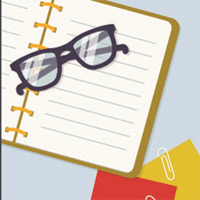Lookbook for 5 Email Types

By Amberly Dressler, Managing Editor
Hundreds of billions of emails are sent each day, and sometimes it can feel that we as individuals are receiving the majority of them.
Deleting promotional emails in our inboxes is a daily task and one that senders (retailers in particular) hope to eradicate. Let's look at five email types worthy of opens and why they routinely catch the eye of digital consumers as well as who should be the recipients of them.
The Timely Send
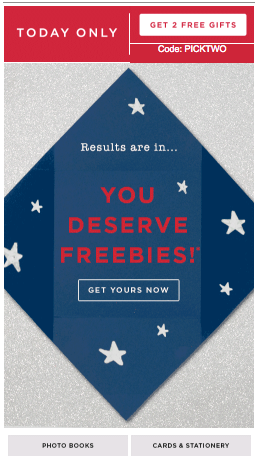 Whether it's the World Series or the Presidential Election, more often than not there is a way to tie current events into email marketing messaging in hopes of higher opens and better click-through rates because the message speaks directly to what recipients are currently interested in. Brands should be careful to stay neutral if they are engaging in a sensitive topic, however.
Whether it's the World Series or the Presidential Election, more often than not there is a way to tie current events into email marketing messaging in hopes of higher opens and better click-through rates because the message speaks directly to what recipients are currently interested in. Brands should be careful to stay neutral if they are engaging in a sensitive topic, however.
In this instance, Shutterfly was smart to send two free gifts to recipients on the day after the 2016 Election when people were either celebrating or in mourning. Shutterfly's email would be good for recipients with high average order values (AOVs) because it would serve as a "thank you" and recipients would likely spend more than just the free gifts allow.
The Apology Statement
Those responsible for marketing messages within an organization often schedule campaigns (within both email and social media channels). Doing so eliminates work later on and ensures campaigns are sent at the optimal time, but it's difficult to predict what could happen between the moment a message is scheduled and when it is delivered.
In Aug. 2016, for example, World Market sent an email with the subject line, "Summer like an Italian with 2 for $12 Torani, Salute!" Typically that message would be innocent enough, but it happened to be delivered the day a devastating earthquake hit central Italy, which prompted World Market to send a statement of apology in a follow-up email and donate proceeds from the promotion to those affected. The coincidence likely went unnoticed by most recipients but World Market's apology was in line with the advice that many public relations professionals would offer: admit fault quickly and be sincere.
When brands make a blunder (whether it's an insensitive remark, a mistake in the copy or a broken link), the follow-up email should go to everyone receiving the original email.
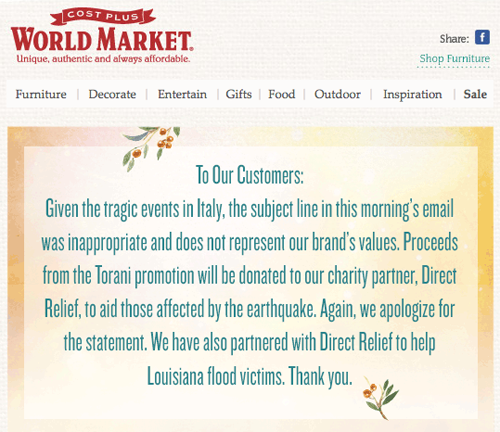
The Expectations Email
Consumer expectations have the potential to make or break an experience. When someone expects A, B or C to happen - and it doesn't - they will view a brand negatively. On the other hand, when expectations are met or exceeded, buyers won't soon forget.
Confirmation emails are multipurpose in that they confirm a transaction has been officially processed and then they set expectations as to what happens next (building anticipation).
This Fabletics confirmation email is particularly impressive in that it offers a visual progress bar of sorts to convey this is the confirmation email and the person should expect a shipping notification email next (likely contributing to higher open rates for the subsequent email as well).
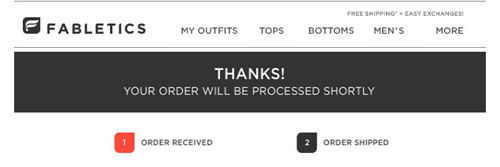
The Cross-Channel Push
If the last couple years have taught retailers anything, it is that customers do not think in channels. They expect to access local inventory through a brand's website, the ability to buy online and pick up in store and get near real-time help to customer service issues on social media. So, it is not a stretch to ask engaged email recipients to follow a brand on social media or engage in a contest on the page. Carter's knows its audience well in that its social media sweepstake asks parents to tag Carter's in pictures of their "sleepyheads" for a chance to win a gift card. As they do, Carter's not only improves social media engagement and creates brand advocates but it is also able to leverage all of that user-generated content for more relatable campaigns.
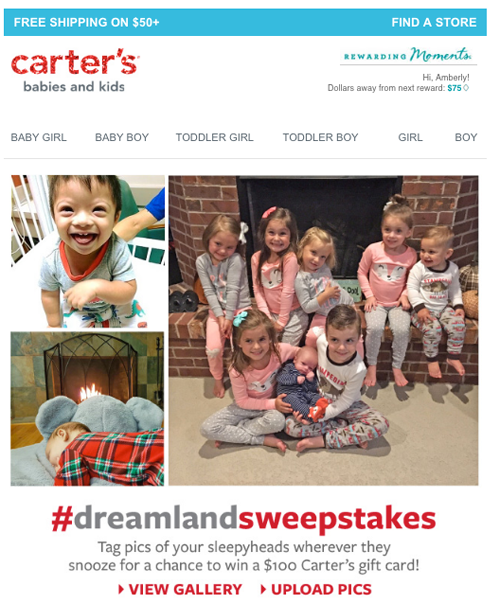
The Feedback Request
Consumers are asked to provide feedback nearly everywhere they go, from restaurants and retailers to dentists and doctors. So many requests over the years have made them insensitive to the plight of businesses trying to collect valuable feedback. Macy's, however, does a couple things right with its feedback-request email shown below.
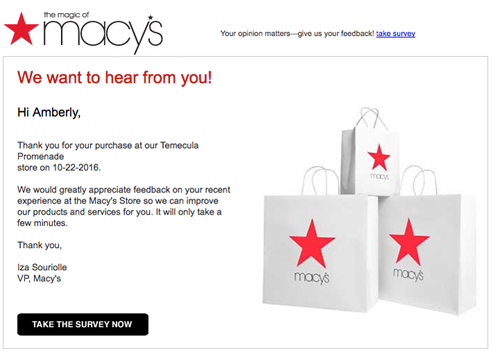
For starters, the subject line, "Special invitation from Macy's" is alluring. Secondly, the body of the email is personalized to the recipient by name (greeting) and by location (where the person recently purchased items). Adding personalization is likely to improve Macy's click through and completion rates. Brands should take into account the journey a buyer goes through when deciding on timing for these emails.
A person purchasing a high-ticket item, for example, may not be fully able to review the product until they get it home and try it for a lengthy amount of time. On the other hand, if purchasing experience is being surveyed, that email can be sent right away as the transaction is fresh in the recipient's mind.
There are hundreds of email types to choose from when scheduling campaigns this holiday season and beyond. Understanding what the competition is doing well, however, is a good way to narrow down the emails that should and shouldn't be sent.
3 Email Types You Aren't Sending But Should
Get in the know at wsm.co/3etypes.







